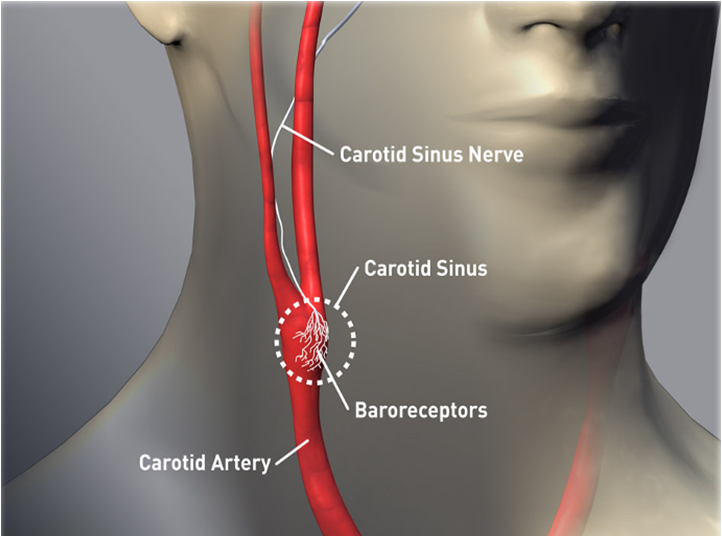Carotid Artery Disease
Chapter 13 Anatomy 1) Name the pulse sites and location on the body? Radial: the radial artery on the thumb side of the wrist Carotid: the carotid artery lateral to the larynx in the neck Temporal: the temporal artery just in front of the ear Femoral: the femoral artery at the tip of the thigh Popliteal: the popliteal artery at the back of the knee. A bounding pulse is a pulse that feels as though your heart is pounding or racing. Your pulse will probably feel strong and powerful.
Like Peripheral arterial/vascular disease Carotid Artery Disease is a narrowed flow of blood through the vessel. This narrowing or blocked vessel becomes occluded by fatty deposits of plaque built up along the vessel wall leading to atherosclerotic disease. The Carotid artery is the main source of blood to your brain and therefore a narrowing or blockage in the carotid artery is a very serious complication and requires thorough and appropriate diagnosis and treatment.
Symptoms
Many people with Carotid Artery Disease experience no symptoms even with severe blockage. Generally, this condition is found after the patient experiences a stroke or through other a routine patient examination. In rare occasions Carotid Artery Disease may cause ringing in the ears or fainting because of the lack of blood flow to the brain. Other symptoms may include weakness, numbness, slurred speech or facial drooping.
Generally caused by atherosclerosis, where a build up of plaque in the arteries reduces the flow of blood or blocks the flow entirely. This lack of blood flow and reduced oxygen supply to the brain can lead to stroke.
Rask Factors & Diagnosis
Here are some of the possible causes and symptoms of spider veins:
Risk Factors

Sedentary lifestyle, Overweight obesity, Diabetes, smoking, high cholesterol levels, high blood pressure, Family history, high fat diet, and age above 75 are all factors.
Diagnosis

Thorough physical examination and medical history. Your physician will also most likely be looking for a (bruit) swooshing sound in the carotid artery that is indicative of a narrowed artery. An Carotid Artery duplex ultrasound scan will also be performed to assess the flow of blood through the artery as well as the pressure. A CT or MRI may be done also to assess for stroke.
Treatments
Carotid Artery Pulse Location
The reason for treatment of carotid artery disease is to reduce or mitigate the possibility of stroke.
Lifestyle changes such as eating a healthier diet, reducing salt intake, exercising regularly, loosing weight, and quitting smoking.
to lower the amount of cholesterol in the blood and your blood pressure. Additional blood thinner medications may be given to prevent blood clots.
Carotid Artery Pulse Normal
Carotid endarterectomy – generally performed when there is a blockage of 50% or above accompanied with symptoms such as a stroke.
TCAR–Western Vascular Institute is pioneering the use of a breakthrough technology called TransCarotid Artery Revascularization (TCAR) to treat patients with carotid artery disease who are at risk for open surgery. While any repair of the carotid artery carries some risk of causing a stroke because of the repair itself, TCAR was designed to help minimize that risk by keeping potential stroke causing fragments away from the brain.
Carotid Artery Pulse Site
Carotid angioplasty/stenting –This procedure is performed to treat narrowed or occluded carotid arteries. In this procedure, the Vascular Surgeon inserts a wire through the groin and guided via x-ray imaging to the carotid artery. Once there the balloon is placed to expand the narrowed section and a stent is left in place afterward to maintain the vessel diameter and allow the blood to flow through the artery.
